Understanding the emotional dynamics that drive player engagement is essential in modern game design. Among these, the concepts of pride and fall play a pivotal role in shaping player experiences, motivation, and retention. These psychological phenomena are not new; rather, contemporary games have refined and harnessed them through sophisticated mechanics and storytelling techniques. This article explores how pride and fall influence gaming psychology, illustrated by modern examples like Rocket Man Mars journey, which exemplifies these timeless principles in a new context.
- Introduction to the Psychology of Pride and Fall in Modern Gaming
- The Psychological Foundations of Pride in Gaming
- The Mechanics and Strategies that Induce Pride and Potential Fall
- The Concept of Pride and Fall as a Narrative Device in Modern Games
- Case Study: “Drop the Boss” as a Modern Illustration of Pride and Fall
- Non-Obvious Influences and Depth: Cultural and Social Dimensions
- Ethical Considerations and Responsible Gaming
- Future Trends: Evolving Dynamics of Pride and Fall in Game Design
- Conclusion: Harnessing Psychology to Enhance Player Experience
Introduction to the Psychology of Pride and Fall in Modern Gaming
In the context of player psychology, pride refers to the positive emotional response associated with achievement, mastery, and self-competence, while fall describes the emotional downturn following failure, loss of status, or perceived inadequacy. These emotional states are central to how players derive satisfaction or frustration from gaming experiences. Modern game designers intentionally evoke these feelings to foster engagement, making players feel accomplished or, conversely, challenged enough to experience the thrill of overcoming adversity.
These concepts are deeply rooted in human psychology, with research indicating that a balanced experience of pride and fall can significantly increase a player’s emotional investment in a game. As contemporary games increasingly incorporate narrative arcs and mechanics that manipulate these states, understanding their psychological foundations becomes essential for creating compelling and responsible game experiences.
The Psychological Foundations of Pride in Gaming
Achievement, Mastery, and Competence
Pride in gaming is primarily driven by a player’s sense of achievement and mastery. When players successfully complete levels, unlock new content, or outperform their previous records, they experience a boost in self-esteem. This is supported by psychological theories such as Self-Determination Theory, which emphasizes competence as a core component of intrinsic motivation. Modern games leverage this by designing progression systems that visually and mechanically reinforce player competence, such as unlocking badges or reaching new ranks, which serve as tangible markers of achievement.
Visual Cues Enhancing Identity and Pride
Color schemes and visual design play a crucial role in fostering pride. For instance, the use of vibrant, warm colors like orange signals vitality, energy, and achievement, which can subconsciously boost a player’s sense of identity within the game. These cues are often integrated into avatars, progress bars, or reward screens, making the experience more immersive and emotionally resonant.
Reward Systems and Progression Mechanics
Progression mechanics—such as level-ups, badges, or payout systems—are designed to reinforce self-esteem by providing clear markers of success. For example, consistent rewards, even small ones like low minimum bets ($0.80), can encourage extended engagement without overwhelming the player. These systems tap into the intrinsic desire for competence, ensuring players feel a continual sense of growth and pride as they advance.
The Mechanics and Strategies that Induce Pride and Potential Fall
Payout Structures and Bonuses
Structured payout systems, such as awarding a “Second Best Friend Award,” motivate players by offering tangible recognition of success. These bonuses can create moments of elation, reinforcing positive emotional states and encouraging continued play. However, if overused or poorly balanced, they can also lead to feelings of frustration or fall when expectations are not met, illustrating the delicate balance game designers must maintain.
Balancing Success and Fallibility
Effective game design involves creating a tension between rewarding success and maintaining the challenge, which keeps players engaged and emotionally invested. For instance, extended sessions enabled by low minimum bets (like $0.80) allow players to experience multiple cycles of pride and potential fall, heightening emotional stakes and deepening engagement.
Psychological Impact of Extended Play
Longer play sessions increase the likelihood of experiencing the full spectrum of pride and fall. As players repeatedly encounter moments of success, they build confidence; yet, the risk of disappointment or loss also grows, which can lead to cycles of emotional highs and lows. This dynamic is carefully exploited in game mechanics to maximize engagement and time on platform.
Pride and Fall as Narrative Devices in Modern Games
Narratives in modern games often embed emotional arcs that mirror real-life experiences of pride and fall. These arcs are designed to evoke strong emotional responses, making gameplay more immersive. For example, achieving a rare jackpot can evoke immense pride, while losing a big bet can trigger feelings of shame or disappointment. Visual and thematic elements—such as triumphant music during success or somber tones during setbacks—reinforce these emotional states.
Game Scenarios and Emotional Highs and Lows
A prime example is Drop the Boss, which intentionally creates moments of pride through payout coefficients and visual cues. Such scenarios are crafted to elevate the player’s sense of achievement before introducing potential for downfall, creating compelling emotional narratives that encourage continued engagement.
Visual and Thematic Reinforcement
Visual elements like vibrant colors, animated effects, and thematic motifs deepen emotional responses. For instance, victory screens adorned with bright colors and celebratory sounds amplify pride, while subdued visuals and sounds during potential falls heighten anticipation and anxiety, making the emotional states more visceral.
Case Study: “Drop the Boss” as a Modern Illustration of Pride and Fall
Game Mechanics Evoking Pride
“Drop the Boss” employs payout coefficients and visual cues—such as bright, energetic colors—to evoke pride when players hit successful outcomes. The design encourages players to feel a sense of mastery, with rewards that visually and mechanically honor their achievements, fostering positive reinforcement.
Design and Emotional Peaks and Troughs
The game’s structure creates moments where players feel on top of the world—achieving big payouts—followed by potential downfalls if outcomes turn unfavorable. This oscillation between pride and fall amplifies emotional engagement, making each session memorable and motivating repeated play. The strategic use of visual identity and reward systems underpins this cycle effectively.
Visual Identity and Player Psychology
The game’s branding, including color schemes and thematic elements, influences collective psychology. Bright colors and energetic visuals foster a shared perception of excitement and achievement, encouraging social comparison and recognition within gaming communities. Such branding strategies reinforce positive emotional states and foster loyalty.
Non-Obvious Influences and Depth: Cultural and Social Dimensions
Societal perceptions of pride and shame significantly influence how players behave and respond within games. Cultural norms shape what is considered a worthy achievement or a humiliating fall, affecting player motivation. Additionally, social comparison—seeking recognition or validation from peers—can drive players to pursue higher achievements, reinforcing pride and resilience against failure. Game branding, including strategic use of color schemes and awards, taps into collective psychology, shaping perceptions of success and failure across communities.
Ethical Considerations and Responsible Gaming
While leveraging pride and fall can enhance engagement, it raises ethical questions about potential exploitation of emotional vulnerabilities. Responsible game design involves transparency, fair payout systems, and avoiding manipulative mechanics that overly induce pride or disappointment. Educating players about odds and maintaining a balanced emotional experience are crucial steps toward promoting healthy gaming habits.
Future Trends: Evolving Dynamics of Pride and Fall in Game Design
Advances in analytics and AI open new possibilities for personalizing emotional triggers, tailoring pride and fall experiences to individual players. Future mechanics may include dynamic storytelling that adapts to player performance, deepening emotional engagement. Recognizing the psychological impacts and designing with responsibility in mind will be essential for sustainable development, ensuring that games promote positive emotional growth rather than dependency or distress.
Conclusion: Harnessing Psychology to Enhance Player Experience
Understanding the intricate relationship between pride and fall allows game developers to craft experiences that are both engaging and ethically responsible. When thoughtfully implemented, these emotional dynamics create compelling narratives and gameplay that resonate deeply, increasing player satisfaction and loyalty. As exemplified by modern titles like Rocket Man Mars journey, leveraging psychological principles is a powerful tool for shaping memorable and emotionally rich gaming journeys. Balancing engagement with fairness remains paramount to ensure that the pursuit of thrilling experiences does not compromise player well-being.


